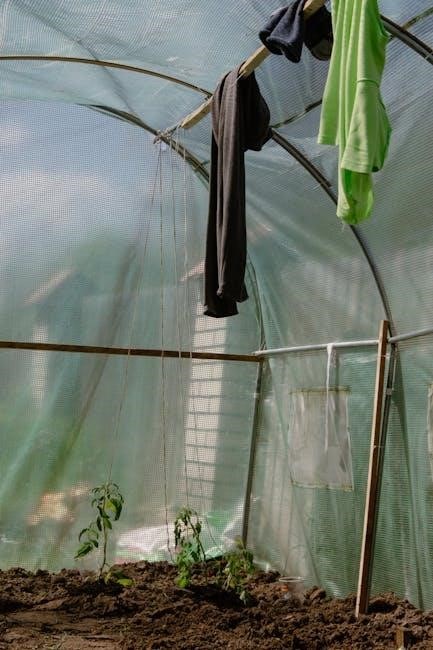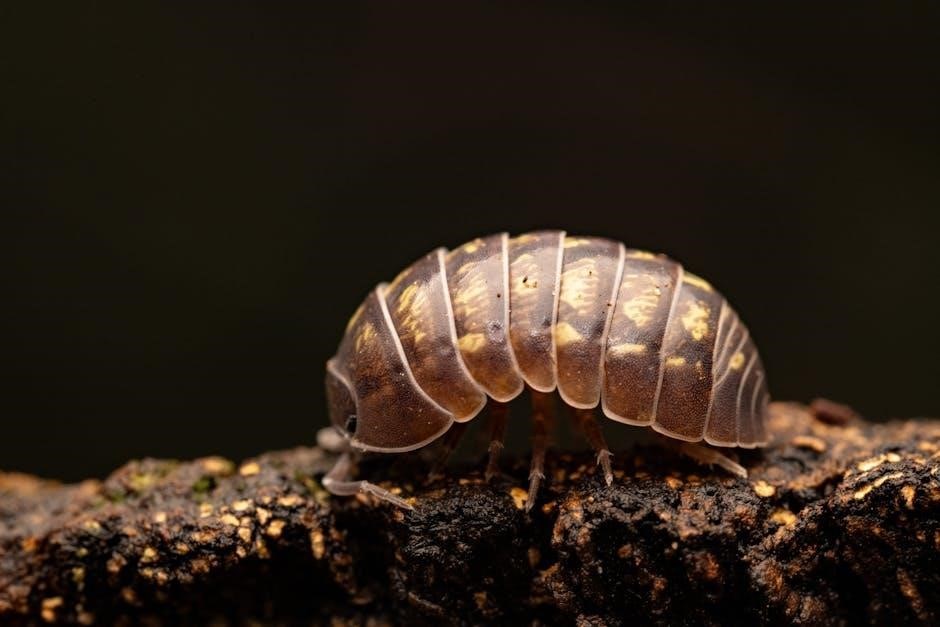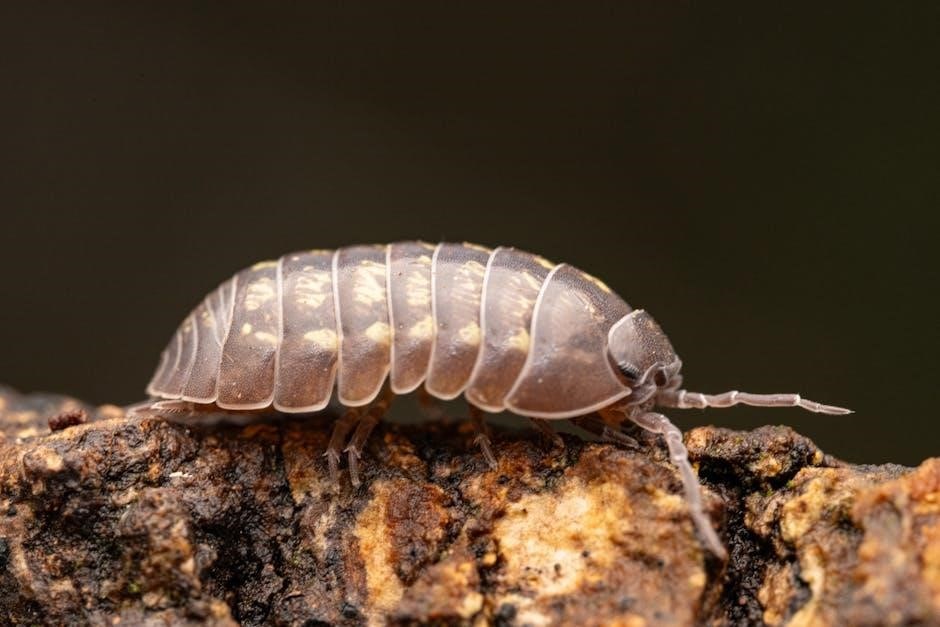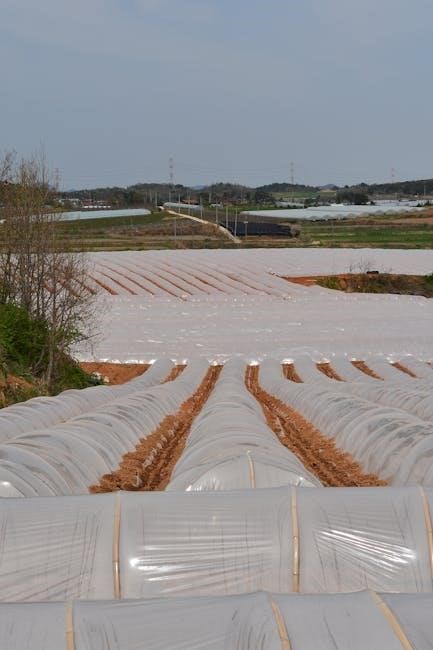Polyurethane (PU) is a versatile polymer with exceptional mechanical and thermal properties, widely used in coatings, adhesives, and foams. Its structure-property relationship enables diverse applications.
1.1 Definition and Overview of Polyurethane
Polyurethane (PU) is a versatile polymer derived from the reaction between diisocyanates and polyols, forming a urethane linkage (-NHCOO-). Known for its adaptability, PU is used in coatings, adhesives, foams, and elastomers. It exhibits excellent mechanical strength, thermal stability, and resistance to abrasion and chemicals. Polyurethane materials are widely employed in construction, automotive, furniture, and healthcare industries due to their durability and flexibility. Their properties can be tailored to suit specific applications, making PU one of the most indispensable synthetic materials globally. This polymer’s unique structure-property relationship allows it to serve as both rigid and flexible materials, catering to diverse industrial and consumer needs effectively.
1.2 Historical Background and Development of Polyurethane
Polyurethane (PU) was first discovered in 1937 by Otto Bayer and his team at I.G. Farben in Germany. Initially developed as a substitute for natural rubber, PU gained prominence for its versatility and durability. The first commercial applications emerged in the late 1940s, focusing on coatings, adhesives, and elastomers. By the 1950s, polyurethane foams became widely used in furniture and insulation, revolutionizing these industries. Over the decades, advancements in chemistry and manufacturing expanded PU’s applications into automotive, construction, and healthcare. Today, polyurethane is recognized as one of the six most promising synthetic materials globally, with continuous innovations driving its evolution in sustainability and performance.

Chemistry and Synthesis of Polyurethane
Polyurethane synthesis involves the reaction of diisocyanates with polyols, forming urethane linkages (-NHCOO-). This step-growth polymerization creates versatile materials with tailored properties for various applications.

2.1 Key Components: Diisocyanates and Polyols
Polyurethane synthesis primarily relies on two essential components: diisocyanates and polyols. Diisocyanates, such as toluene diisocyanate (TDI) and methylene diphenyl diisocyanate (MDI), are highly reactive molecules with two isocyanate (-NCO) groups. Polyols, on the other hand, are polymeric alcohols that contain multiple hydroxyl (-OH) groups. The combination of these two components in the presence of a catalyst triggers a condensation reaction, forming the urethane linkage (-NHCOO-). The ratio and type of these components significantly influence the final properties of the polyurethane, such as flexibility, rigidity, and thermal stability. Additives like chain extenders and cross-linkers can further modify the polymer’s structure and performance.
2.2 Reaction Mechanisms and Polymerization Processes
The reaction mechanism of polyurethane involves the step-growth polymerization between diisocyanates and polyols. The isocyanate (-NCO) groups react with hydroxyl (-OH) groups, forming urethane linkages (-NHCOO-) through a nucleophilic addition reaction. This process is typically catalyzed by tertiary amines or organometallic compounds to accelerate the reaction rate. The polymerization proceeds in a stepwise manner, with the gradual formation of longer polymer chains. Depending on the stoichiometry and reaction conditions, such as temperature and pressure, the molecular weight and cross-linking density of the polymer can be controlled. The absence of catalysts significantly slows down the reaction, making them essential for efficient polymerization. This process is fundamental to producing polyurethane materials with tailored properties for various applications.

Properties of Polyurethane
Polyurethane exhibits exceptional flexibility, rigidity, and abrasion resistance. It provides excellent thermal insulation, is lightweight, and demonstrates remarkable durability, making it suitable for diverse applications.
3.1 Mechanical and Thermal Properties
Polyurethane (PU) exhibits a wide range of mechanical and thermal properties, making it highly versatile. It offers excellent flexibility, strength, and abrasion resistance, with the ability to be formulated as soft elastomers or rigid plastics. Thermally, PU materials demonstrate good heat resistance and stability over a broad temperature range, making them suitable for high-temperature applications. Additionally, they provide superior insulation properties, reducing heat transfer effectively. These characteristics allow PU to withstand mechanical stress and thermal fluctuations, ensuring durability and performance in various environments. Its adaptability in mechanical and thermal behavior is a key reason for its widespread use in industrial and consumer applications.
3.2 Chemical Resistance and Durability
Polyurethane (PU) is renowned for its exceptional chemical resistance and durability, making it suitable for harsh environments. It exhibits strong resistance to acids, bases, oils, and fuels, depending on its formulation. PU’s molecular structure, particularly the isocyanate and polyol components, contributes to its ability to withstand chemical degradation. This durability ensures long-term performance in industrial and outdoor applications. Additionally, PU’s high molecular weight and cross-linking enhance its resistance to abrasion and wear. These properties make PU a preferred material for coatings, sealants, and industrial linings. Its ability to maintain integrity under challenging conditions underscores its reliability in demanding industries, such as automotive and construction. Overall, PU’s chemical resistance and durability are critical factors in its widespread industrial and commercial use.
Applications of Polyurethane
Polyurethane is widely used in various industries due to its versatility and adaptability, serving as a key material in manufacturing, construction, automotive, and consumer goods, among others.

4.1 Industrial Applications: Coatings, Adhesives, and Foams
Polyurethane is extensively used in industrial settings for its exceptional performance. In coatings, it provides durable, scratch-resistant, and weatherproof surfaces for metals, wood, and plastics. As adhesives, polyurethane excels in bonding diverse materials, such as textiles, plastics, and metals, making it ideal for manufacturing and construction. Foams are widely utilized for insulation in buildings and refrigeration systems due to their high thermal resistance and lightweight properties. Additionally, polyurethane foams are used in packaging to protect fragile items during transportation. These applications highlight polyurethane’s versatility and its ability to meet specific industrial demands efficiently, contributing to its widespread adoption across various sectors.
4.2 Consumer Products: Furniture, Automotive, and Construction
Polyurethane is integral to everyday consumer products, enhancing comfort and functionality. In furniture, it is used as flexible foam for cushions, mattresses, and upholstery, offering durability and support. The automotive industry relies on polyurethane for seating, dashboards, and insulation, ensuring comfort, noise reduction, and safety. In construction, polyurethane serves as insulation, sealants, and coatings, improving energy efficiency and weather resistance. Its versatility allows it to be molded into various shapes and densities, making it ideal for these applications. These uses highlight polyurethane’s role in improving the quality and performance of products we encounter daily, from homes to vehicles, showcasing its adaptability and practical benefits across industries.
Environmental Impact and Recycling
Polyurethane’s environmental impact includes non-biodegradability and potential landfills. Recycling methods like chemical recycling and mechanical processing are being developed to reduce waste and promote sustainability.
5.1 Environmental Challenges and Waste Management
Polyurethane (PU) poses significant environmental challenges due to its non-biodegradability, leading to long-term landfills and potential soil contamination. Improper disposal can release harmful chemicals into ecosystems, affecting biodiversity and water quality. Waste management strategies focus on reducing landfill dependency through recycling and energy recovery. However, PU’s complex composition makes recycling challenging, requiring advanced separation and processing techniques. Current methods often involve mechanical recycling or chemical breakdown, but these are not widely implemented due to high costs and technical limitations. As a result, innovative solutions are being explored to improve PU waste management and minimize its environmental footprint. Sustainability initiatives aim to balance PU’s versatility with eco-friendly practices to mitigate its long-term ecological impact.
5.2 Recycling Methods and Sustainability Initiatives
Polyurethane recycling methods are advancing to address environmental concerns, with mechanical and chemical recycling being prominent approaches. Mechanical recycling involves breaking down PU waste into smaller particles for reuse in lower-grade products, though this often leads to material downcycling. Chemical recycling, a more innovative method, dissolves PU into its raw components, allowing for the production of high-quality materials. Sustainability initiatives include the development of bio-based polyurethanes derived from renewable resources, reducing reliance on fossil fuels. Additionally, upcycling techniques aim to transform PU waste into high-value products, enhancing material efficiency. Global collaborations between industries, governments, and researchers are driving these innovations, fostering a circular economy and minimizing PU’s environmental footprint.

Safety and Handling of Polyurethane
Handling polyurethane requires proper safety measures, including protective gear and ventilation, to avoid exposure to harmful chemicals. Follow guidelines for storage and disposal to ensure safety.
6.1 Health and Safety Precautions
Handling polyurethane materials requires strict adherence to health and safety guidelines to minimize risks. When working with polyurethane, it is essential to wear protective gear, including gloves, goggles, and a face mask, to prevent skin contact and inhalation of harmful fumes. Proper ventilation in the workspace is crucial to avoid the accumulation of toxic vapors, especially during curing or spraying processes. Avoid prolonged exposure, as certain polyurethane compounds can release isocyanates, which may cause respiratory issues or skin irritation. In case of accidental exposure, immediately wash affected areas with water and seek medical attention if symptoms persist. Always follow the manufacturer’s safety instructions and adhere to local regulations to ensure a safe working environment.
6.2 Proper Storage and Disposal Methods
Proper storage of polyurethane materials is critical to maintain their properties and ensure safety. Store polyurethane products in a cool, dry, and well-ventilated area, away from direct sunlight and incompatible substances like strong acids or bases. Keep containers tightly sealed to prevent contamination and exposure to moisture. Follow the manufacturer’s guidelines for storage conditions, especially regarding temperature and humidity levels. For disposal, polyurethane waste should not be dumped in landfills without proper treatment, as it may release harmful substances. Instead, recycle or dispose of it through licensed facilities that handle chemical waste. Always label waste containers clearly and adhere to local environmental regulations to promote sustainable practices and minimize ecological impact.

Future Trends and Innovations
Emerging technologies focus on developing bio-based polyurethanes from renewable resources, enhancing sustainability and reducing environmental impact while maintaining high performance in diverse applications.
7.1 Emerging Technologies in Polyurethane Production

Emerging technologies in polyurethane production focus on sustainability and efficiency. Bio-based polyurethanes, derived from renewable resources like vegetable oils, are gaining traction, reducing reliance on fossil fuels. Advances in 3D printing enable complex PU structures, optimizing material use and enabling rapid prototyping. Nanotechnology enhances mechanical properties, while AI-driven manufacturing improves process control, minimizing waste. Additionally, developments in carbon capture and utilization integrate CO2 into PU formulations, promoting circular economy practices. These innovations aim to balance performance with environmental stewardship, addressing global sustainability goals and expanding PU applications in industries like automotive, construction, and healthcare. Such advancements ensure polyurethane remains a versatile and eco-conscious material for future generations.
7.2 Advancements in Eco-Friendly Polyurethane Solutions

Advancements in eco-friendly polyurethane solutions are transforming the industry by prioritizing sustainability. Bio-based polyols, derived from renewable resources like soy and castor oil, are replacing petroleum-based alternatives, reducing carbon footprints. Recyclable and biodegradable PU formulations are being developed to minimize environmental impact. Waterborne PU coatings and adhesives are gaining popularity as they emit fewer volatile organic compounds (VOCs). Additionally, innovations in CO2-based polyurethanes utilize carbon dioxide as a raw material, promoting circular economy principles. Researchers are also exploring self-healing polyurethanes to extend product lifespans, reducing waste. These eco-friendly solutions aim to balance performance with environmental responsibility, ensuring polyurethane remains a sustainable choice for future applications across various industries.
Resources and Further Reading
Discover comprehensive resources on polyurethane, including academic papers, books, and industry reports, for in-depth understanding and further exploration of polyurethane chemistry, applications, and current research.

8.1 Recommended PDFs and Scientific Articles
For in-depth insights into polyurethane chemistry and applications, explore these recommended PDFs and scientific articles:
“Polyurethane Chemistry and Applications” by M. Szycher provides a detailed overview of PU synthesis and uses.
“Advances in Polyurethane Technology” discusses recent innovations in materials science.
“Polyurethane Foams: Production and Applications” offers practical insights into foam manufacturing.
“Sustainable Polyurethane Solutions” focuses on eco-friendly alternatives.
These resources are available on platforms like ScienceDirect, Springer, and Google Scholar. Use keywords like “polyurethane synthesis,” “applications,” and “sustainability” to find relevant literature.
8.2 Books and Journals on Polyurethane Chemistry
For comprehensive understanding, explore these books and journals on polyurethane chemistry:
- Polyurethane Handbook by G. Oertel offers detailed insights into synthesis and applications.
- Journal of Polymer Science regularly publishes cutting-edge research on PU materials.
- Polymer Chemistry provides in-depth articles on advancements in polyurethane technology.
These resources are available on platforms like Amazon, Wiley, and ScienceDirect. Books like Polyurethane Chemistry and Applications by M. Szycher are invaluable for both researchers and students. Journals focus on topics like polymer synthesis, materials science, and sustainability, making them essential for staying updated on the latest trends in polyurethane chemistry.

